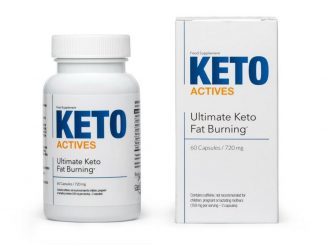The properties of Coleus Forskohlii
Coleus forskohlii is a plant native to subtropical and warm temperate habitats and a member of the mint family. The plant has been used since ancient times as a medicinal herb in India, which is also believed to be the place of its origin.
Coleus forskohlii is considered to be the wild ancestor of all the tuber varieties, known as Kaffir Potatoes. It has several ethnomedicinal uses, which have been transmitted by word of mouth from generation to generation. Interestingly, the roots of the plant have a long history of food use in India in the form of pickle/condiment. According to Ayurveda, it is been used to ease pain, support healthy inflammation response, haemorrhoids, to help manage cough, worms, skin-related problems, ascites (fluid retention), external ulcers, abdominal pain, low appetite, urine retention and constipation.
The herb has received a lot of attention over the past 40 years from medical researchers, as it is the only known plant source of forskolin, a bioactive compound with diverse pharmacological benefits.
Although traditionally forskolin has been known for its wide range of health benefits, its unique activity as a non-adrenergic stimulator of enzyme adenylate cyclase attracted the attention of researchers to explore its supportive role in managing body weight and promoting lean body mass.
The primary mode of action of forskolin is by increasing the cellular concentrations of cyclic AMP (cAMP) and cAMP-mediated functions, via activation of the enzyme adenylate cyclase.
Adenylate cyclase is an enzyme involved in the production of cAMP, referred to in literature as a “second messenger”. This cAMP facilitates the action of “primary messengers” or various hormones and bioactive substances in the body (such as insulin). By facilitating hormonal action, cAMP may contribute to the increase in the metabolic rate and thermogenesis. These events correspond to the build up of lean body mass.
Alternatively, increase in cAMP leads to subsequent activation of enzyme protein kinase. Protein kinase has been shown to activate the enzyme called hormone sensitive lipase, which is involved in the breakdown of triglycerides, known as building blocks of fatty tissue―leading to fat burn. These events correspond to the decrease in the body fat.































































